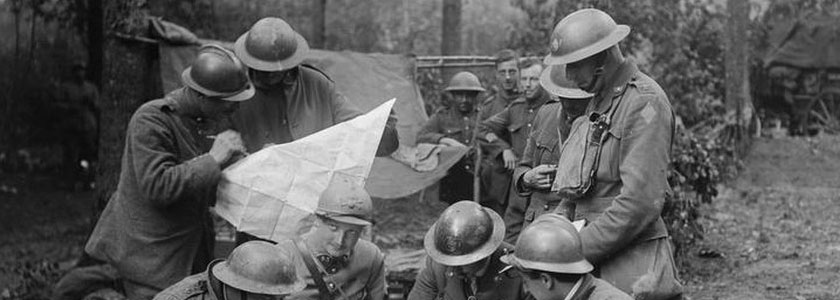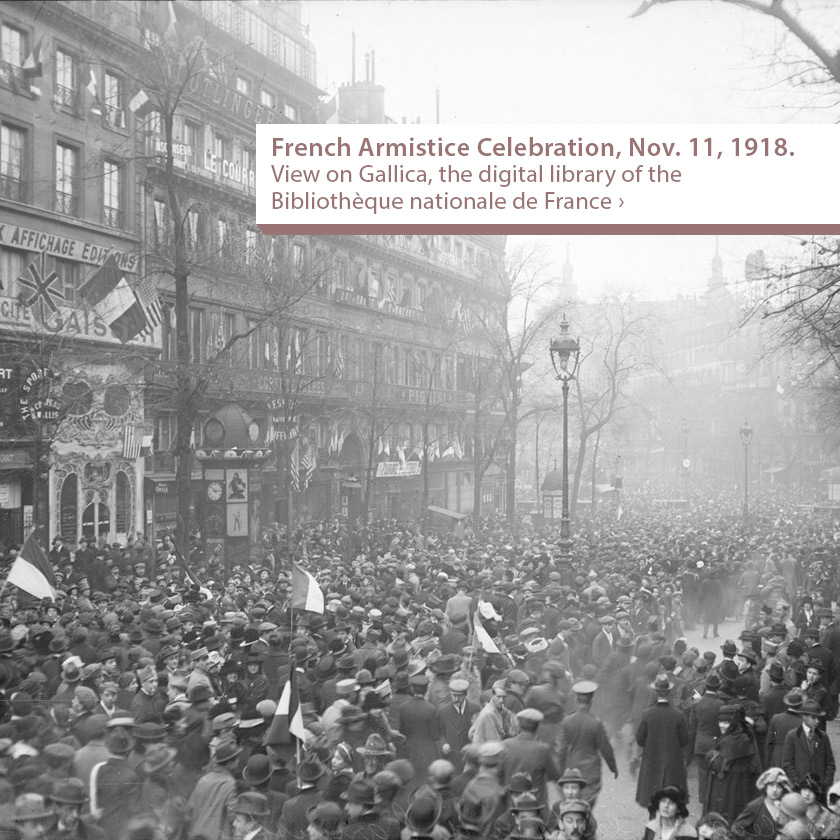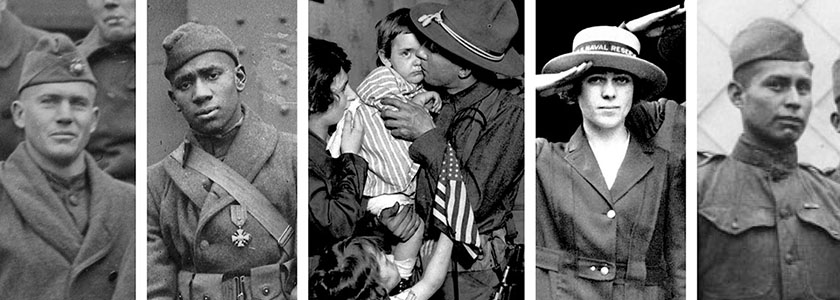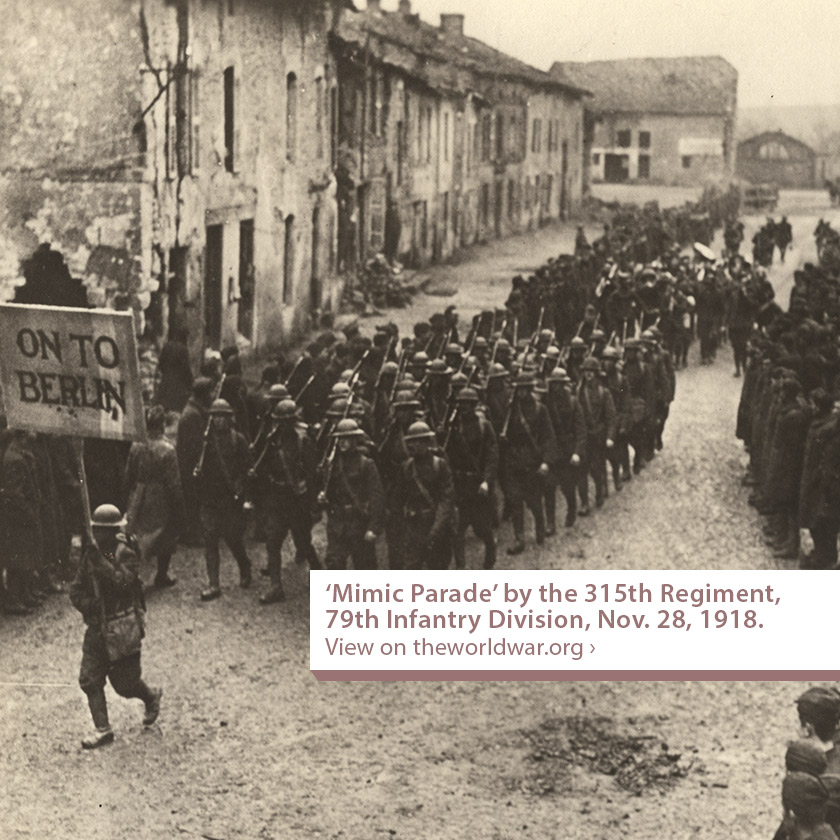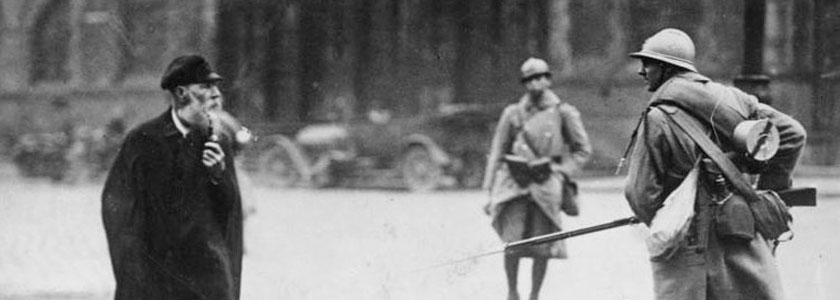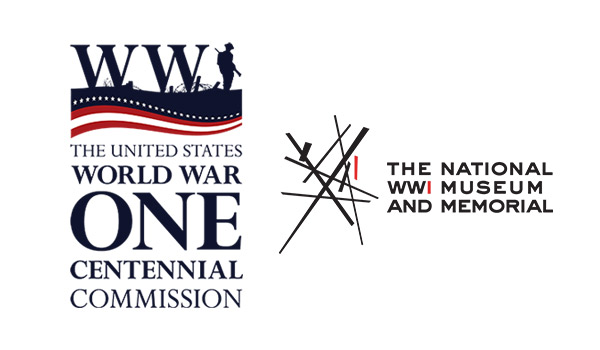Education Resources on WWI. You are receiving this email because you expressed interest. | View in browser

One hundred years ago, after four years and millions of lives lost, a series of armistices brought an “end” to World War I. News of the armistice between Germany and the Allies on Nov. 11 especially resonated, as the combat on the Western Front, a major focal point of military action since 1914, ceased.
Even as celebrations occurred on Nov. 11, fighting continued in East Africa for several weeks. The Allies also occupied the Rhineland, an area of Western Germany centered on the Rhine River, until 1930, well after the Treaty of Versailles was signed.
In this issue of Understanding the Great War we focus on the events leading up and immediately following the Armistice on the Western Front and their lasting significance and consequences.
“You bet we were happy yesterday morning to be awoken at 3 o’clock by whistles blowing, guns firing and every kind of noise you could think of announcing the surrender of Germany. It was sure a happy day here because we thought you were happy. I suspect you will not come right home but whenever you come back to the States come to see Ida Clara and myself. Now I want you to be sure to do that for we will just have a great time rejoicing together.”
— A letter from Nannie Howard to her brother serving in France,
Nov. 12, 1918 - Read the full letter
“He knew there was going to be peace, we knew it & he knew also that he would only do needless harm before he was put out of business. However, they kept shooting until the last minute 11 A.M. 11-11-18. The last shell he sent over, the last of the war in our sector, killed seven men. Isn’t that rotten luck?”
— Captain Francis N. Bangs, Military Police Company,
77th Division, AEF View a collection of his letters.
Click here to learn more about the Armistice ›
from the National WWI Museum and Memorial
The United States World War One Centennial Commission and the National WWI Museum and Memorial are dedicated to educating the public about the causes, events, and consequences of the conflict and we encourage the use of these resources to better understand the Great War and its enduring impact on the global community.
Partners on this project include:
Pritzker Military Museum and Library National Archives The Great War YouTube Channel MacArthur Memorial National History Day American Battle Monuments Commission Stanford History Education Group Center for Middle Eastern Studies, University of Arizona HISTORY® AFS Intercultural Programs Library of Congress New York State Archives Partnership Trust / New York State Archives Aberdeen Proving Ground The Map as History International Baccalaureate College Board Villanova University Facing History and Ourselves Mission du centenaire de la Première Guerre mondiale Virginia Cooperative Extension 4-H
The Pritzker Military Museum and Library is a founding sponsor of the United States World War One Centennial Commission.

